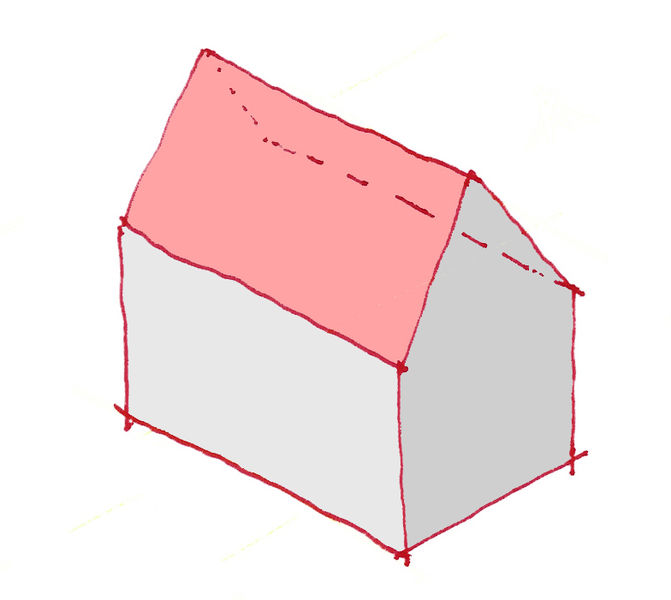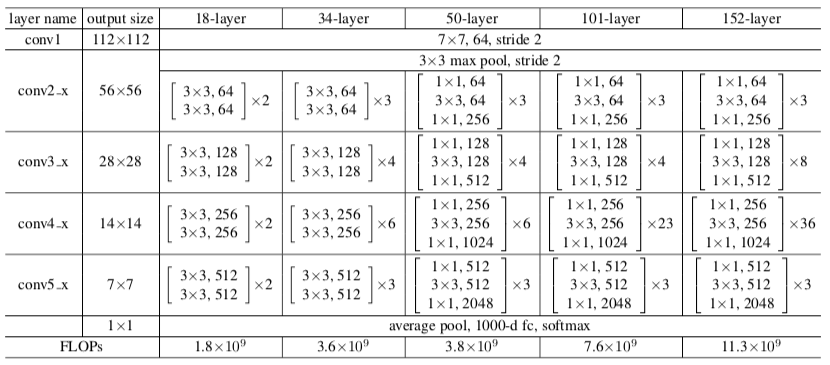Roof type classifier¶
Roof type is a crucial information for wind hazard analyses of buildings because it is a key attribute needed for consideration of wind effects on structures.
There are three major roof types, as shown in Table 2.2.1, that are widely used in the world: flat, gabled, hipped.

Fig. 1.2.1 Flat¶ |

Fig. 1.2.2 Gabled¶ |

Fig. 1.2.3 Hipped¶ |
Correspondingly, a typical satellite image of each roof type is shown in Table 1.2.2.

Fig. 1.2.4 Flat¶ |

Fig. 1.2.5 Gabled¶ |

Fig. 1.2.6 Hipped¶ |
Satellite images are a scalable source for inferring roof type information. In the attempt to determine roof type for every building in a region, a ConvNet classifier is trained to take a satellite image of a building and predicts its roof type. A training data set of 6,000 satellite images (2,000 for each roof type: flat, gabled, hipped) is collected. Specifically, ResNet [HZRS16], which is a widely-used ConvNet architecture for image feature recognition, is employed.
The architecture of the model is shown in Fig. 1.2.14. In this module, we used a 50-layer ResNet.

Fig. 1.2.7 ResNet¶